#JLPT N3
Text
The 6 Differences Between は and が
DIFFERENCE 1
The important fact is AFTER は
• この犬は私のベットです。This dog is my pet.
You want to emphasize that this is not a stray dog. It is not someone else's pet dog. It is MY PET. So anything comes after は is the main part you want the listener to pay attention to.
The important fact is BEFORE が
• この犬が私のベットです。This dog is my pet.
You want to emphasize that THIS IS THE DOG that is my pet. Not other dogs. Imagine you're at a park and there are 3, 4 other dogs playing together with your dog and you want to tell your friend that THIS DOG is the one that is your pet dog, other dogs are not yours. So, what comes before が is the main part you want to tell the listener.
More examples:
• このケーキはおいしいです。This cake is DELICIOUS! (You want to tell your friend that this cake is indeed very good. Your emphasis falls on おいしい, so you use は, because the important fact is AFTER は.
• このケーキがおいしいです。THIS CAKE is delicious. (You want to tell your friend that among all the cakes on the buffet table, this particular cake you are pointing to is the most delicious one. Others are not good.) Your emphasis falls on このケーキ (THIS CAKE), so you use が, because the important fact is BEFORE が.
DIFFERENCE 2
New information and things that you mention for the first time, use が. Old information or topics that have been mentioned earlier but is now repeated again, use は.
• 学校にマイクという男がいます。There is boy named Mike in my school.
You started the conversation with your friend by saying there's a new student named Mike in the school. That is the first time you mentioned Mike. It is new information, therefore use が.
• マイクはアメリカ出身です。Mike is from America.
You mention Mike the 2nd time now and it is no longer a new information. It is considered old information, therefore use は.
DIFFERENCE 3
Stating facts without adding your personal opinion or judgment use が. By adding your own opinion or judgment, use は.
• 外に猫がいます。There is a cat outside.
You are just merely stating a fact that there is a cat outside. This sentence doesn't include your description about the cat. No personal opinion or judgment about the cat.
• あの猫は白いです。The cat is white in colour.
You are putting your description, your judgment into the sentence about the cat. When you are adding your own thoughts, opinion, description about something, use は.
• 日本の料理はおいしいです。Japanese food is tasty.
You are putting your opinion/judgment about Japanese food in your sentence, therefore, use は.
DIFFERENCE 4
When you make comparison, use は. When you eliminate other options, use が.
• お茶は好きですが、コーヒーは好きじゃありません。I like tea but I don't like coffee.
DIFFERENCE 5
If two actions are done by the same person, use は. If two actions are done by two different persons, use が first, then use は for the second action.
• 私はごはんを食べるとき、テレビを見ます。I have my meal and I am watching TV.
• 私がごはんを食べるとき、父はテレビを見ます。When I have my meal, my father watches TV.
DIFFERENCE 6
To modify a phrase into a noun, use が.
• これは彼女が作ってくれたケーキです。
What cake is this? This is the cake that is baked by my girlfriend. The phrase 「彼女が作ってくれた」 is to modify the cake, to describe about the cake.
Quiz Time
• 部屋は広いです。
• 部屋が広いです。
In English, both sentences mean "The room is spacious." But what is the difference?
In 部屋は広いです, it shows a comparison contrast nuance (read DIFFERENCE 4). If you say this, the listener will believe that you are making a comparison of this room with all the other rooms in the house. You want to say this room is spacious, whereas the other rooms are smaller in size.
In 部屋が広いです, you are merely stating a general fact about this room being spacious (read DIFFERENCE 3). You are not making any comparison. Your sentence has no added personal judgement or opinion. You are stating a fact about the room being spacious.
#japanese#nihongo#studyblr#study blog#study japanese#study motivation#learning#learn japanese#language#grammar#jlpt#jlpt n5#jlpt n4#jlpt n3#jlpt n2#jlpt n1
150 notes
·
View notes
Text
JLPT Grammar みたいだ・らしい・っぽい
What is the difference in usage among みたいだ、らしい、and っぽい? These grammar points can be difficult to differentiate, so I have gathered some notes and examples here. These grammar points are JLPT N4 or N3 grammar points.
★みたいだ★

Used for first-hand information or information you are observing for yourself.
Often used for something that has characteristics of something else (metaphorical similarities).
Most common in spoken language.
ここの砂は星みたいな形をしている。
ここ の すな は ほし みたいな かたち を して いる。
The grains of sand here are in the shape of a star.
このアパートは誰も住んでいないみたいだ。
この アパート は だれ も すんで いない みたい だ。
It looks like no one lives in this apartment building.
明日は雨みたいね。
あした は あめ みたい ね。
It looks like rain tomorrow.
リンさんみたいに日本語がうまくなりたい。
I want to be able to speak Japanese as well as Lin.
★らしい★

Used for things you infer, or information you have from another source.
Often used to something that has especially strong characteristics of its group (stereotypical similarities).
Most common in spoken language.
今日は春らしい暖かい日でした。
きょう は はる らしい あたたかい ひ でした。
Today was a warm spring-like day.
*Note: It is spring, and this is a stereotypically spring day.
私は女性らしい洋服はあまり着ない。
わたし は じょせい らしい ようふく は あまり きない。
I don't often wear feminine type clothes.
寝すぎるのは体に悪いらしいです。
ねすぎる の は からだ に わるい らしい です。
Sleeping too much is apparently bad for your body.
*Note: Second-hand source of information.
今日は君らしくないな。
きょう は きみ らしくない な。
You don't seem like yourself today.
★っぽい★

Can be used to say what something is like.
Can be used to say that something appears to be the opposite of what you would expect.
Can be used to describe something that someone is likely to do or often does.
Note:
When following a noun or い-adjective, the meaning is similar to -ish, -like, -ly. The number of adjectives that can be used with this grammar are limited. Usually negative when used after a noun or adjective, but not always.
When following a verb, the meaning is easy to do, often do. This grammar cannot be used with all verbs.
あの小学生は大人っぽい。
あの しょうがくせい は おとなっぽい。
That elementary school student acts like an adult.
油っぽい食事は好きじゃない。
あぶらっぽい しょくじ は すき じゃ ない。
I don't like oily foods.
飽きっぽいから何事も成功しないのだ。
あきっぽい から なにごと も せいこう しない の だ。
You don't succeed in anything because you are quick to lose interest.
年を取ると、忘れっぽくなる。
とし を とる と、わすれっぽく なる。
As one gets older, one tends to become more forgetful.
#日本語#japanese#japanese language#japanese langblr#japanese studyblr#langblr#studyblr#文法#japanese grammar#jlpt n3#jlpt n4#tokidokitokyo#tdtstudy
144 notes
·
View notes
Text
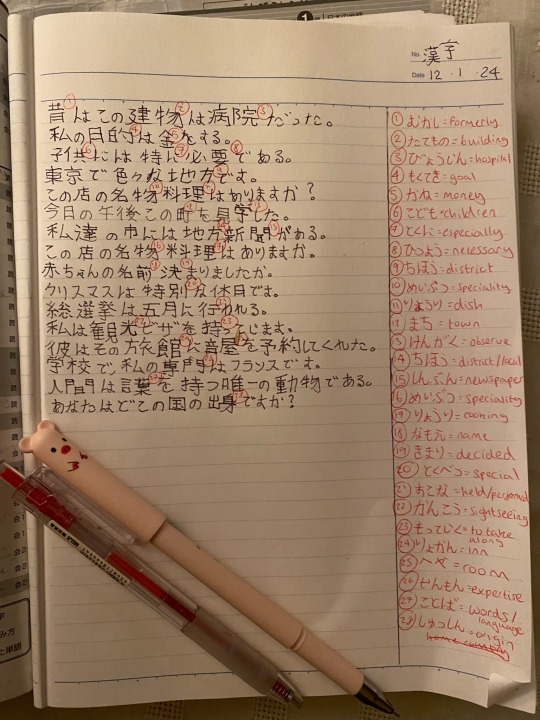
A new way I’ve been practicing 漢字 that I saw done by @uuuuujin on tiktok ! You write sentences using the kanji you want to learn, then number the kanji and write it in the column down the side. Then you go back and practice reading the sentences covering the answers. I’ve found this really helpful!!
#japanese#language learning#studyblr#日本語#japan#study kanji#learn kanji#learn japanese#nihongo#jlpt n3
124 notes
·
View notes
Text

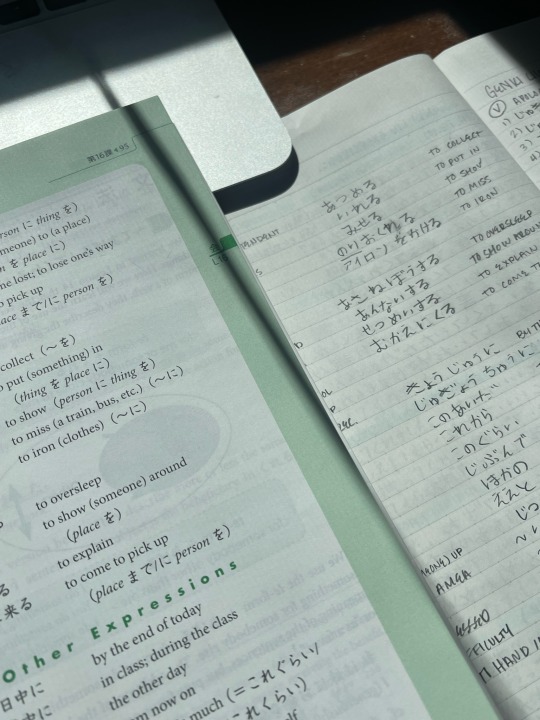
when am i not studying ☕️🏹🏛️
#studyblr#study blog#langblr#langblog#japanese langblr#japanese language#japanese#studyinspo#study motivation#study aesthetic#jlpt n3#jlpt#jlpt n5#jlpt n4#japanese kanji#studystudystudy#exam study#study buddy#study hard#study#study notes#study space#coffee aesthetic#coffee order
86 notes
·
View notes
Text
Japanese langblr update!
I passed my J.Test and got D level which is JLPT N3 level!!!
Full marks is 700 so I only got 79.7% but for real, I'm so happy about it!! Road to N2! :3

#j.test#j test#japanese test#japanese langblr#japanese studyblr#achivement#langblr#studyblr#100 days of productivity#japanese language#jlpt study#jlpt#jlpt n3#wheeeee!!!
23 notes
·
View notes
Text
🇯🇵JLPT N3 VOCABULARY | VERBS | ①

望む » のぞむ » hope, wish, desire
用いる » もちいる » make use of
降ろす » おろす » unload, discharge
回す » まわす » turn, rotate
震える » ふるえる » tremble, shiver
結ぶ » むすぶ » tie, bind
破る » やぶる » tear, rip
取り上げる » とりあげる » take away
叩く » たたく » tap, hit, strike
囲む » かこむ » surround, encircle
似合う » にあう » suit, match
代える » かえる » substitute for
述べる » のべる » remark, state, mention
過ごす » すごす » spend (time)
現す » あらわす » show, reveal
奪う » うばう » rob, snatch away
備える » そなえる » prepare for
履く » はく » put on
抜く » ぬく » pull out, draw out
守る » まもる » protect, guard
防ぐ » ふせぐ » prevent
指す » さす » point to
積もる » つもる » pile up, accumulate
好む » このむ » like, be fond of
学ぶ » まなぶ » learn
増す » ます » increase, grow
掴まる » つかまる » hold on to
掴む » つかむ » grab, grasp, grip
生じる » しょうじる » happen, occur
唸る » うなる » groan, growl
握る » にぎる » grasp
越える » こえる » cross over, pass through
去る » さる » leave, go away
進める » すすめる » proceed, advance
越す » こす » cross over, go across
凍る » こおる » freeze
任せる » まかせる » entrust
雇う » やとう » hire, employ
抱く » いだく » embrace
切れる » きれる » be cut, cut well
計る » はかる » measure, compute
抜ける » ねける » come out
下す » ��だす » give an order
覚める » さめる » wake up
対する » たいする » face, be in response to
離れる » はなれる » be separated
腐る » くさる » rot, decay
達する » たっする » reach, get to
譲る » ゆずる » hand over
試す » ためす » attempt, try out, test
Source: Torii SRS App
256 notes
·
View notes
Text
Where to begin when reading native novels to work on reading comprehension?
So, you've made it to the point where you'd like to branch out and read some novels and children's books in Japanese? Then you've come to the right place! Let's talk about three helpful publishers (Kodansha, Kadokawa, and Shueisha) that can make reading native materials less daunting!
The Kodansha Aoitori Bunko Books (青い鳥文庫) were created and published by Kodansha with elementary schoolers in mind, so almost all kanji has furigana on it. The text is larger and there's normally a bit more spacing in between it (like our children's chapter books in English). Just like other children's chapter books, there are occasional photos included. Aoitori Readers include both original series as well as some translations of international literature (i.e., Little Women, Murder on the Orient Express, Sherlock Holmes, etc.). There are also some adaptations of other series はたらく細胞 (Cells at Work) Those books have blue around the cover.

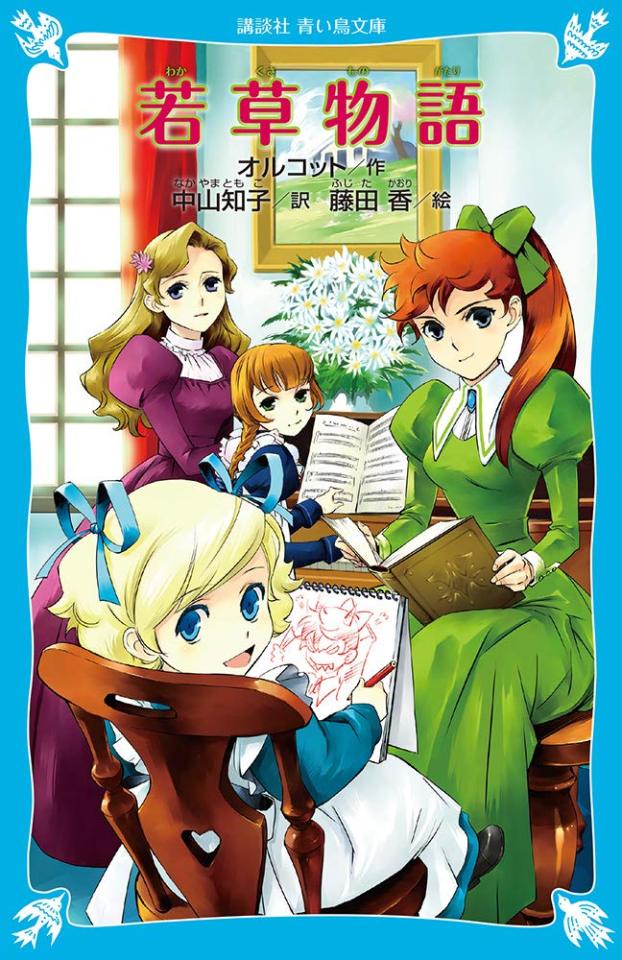
The Kadokawa Tsubasa Bunko Readers (角川つばさ文庫) operate on the same concept, except the series are normally on a more advanced level. With this in mind, they may use more advanced grammar than the Aoitori series. There are original series, but sometimes books/series for a higher comprehension levels will be adapted into Tsubasa Bunko Readers. This includes popular Japanese novels and series as well as international classics (i.e., Chronicles of Narnia, Pippi Longstocking, Anne of Green Gables, etc.). For adaptations of Japanese novels and series, there will be the "regular" version of the novel and then the Tsubasa Bunko version bc it's the same kanji, same grammar, same words. It'll also supply the furigana for those kanjis and might give little annotations or some photos here and there. For example, the award-winning novel 夜は短し歩けよ乙女 (The Night is Short, Walk on Girl) by 森見 登美彦 (Morimi Tomihiko) has both the "regular" publication and the Tsubasa Bunko version. Tsubasa Bunko Readers have green around the cover. Click on the links to get a preview of each version to compare and contrast.
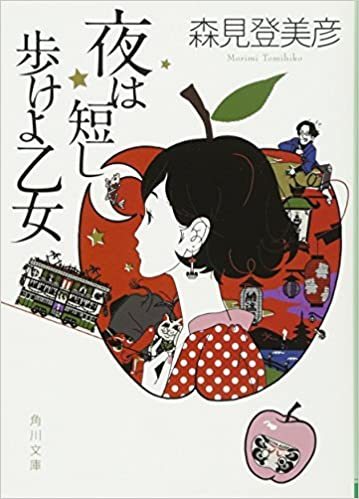

The Shueisha Mirai Bunko Books also operates the same. There are adaptations of manga series (like Kaguya-sama: Love is War and Demon Slayer) as well as original series. Mirai Bunko Readers have orange around the cover.


If you're worried about attempting to read any of these on your own, come suggest some of them for us to read together at the Seitokai Bookclub! (And even if it doesn't get selected immediately, someone might be interested in being a reading buddy with you :D).
Happy reading!
#onigiri thoughts#aoitori readers#tsubasa bunko readers#seitokai bookclub#japanese#japanese reading comprehension#mine#mirai readers#reading resources#looktoki#jpnstudynet#jlpt#japanese reading#jlpt n1#jlpt n3#jlpt n2#jlpt n4#jlpt n5#vocab#jlpt grammar#jlpt reading#jlpt studying#nihongo#learn japanese#kodansha#kadokawa#shueisha
418 notes
·
View notes
Text
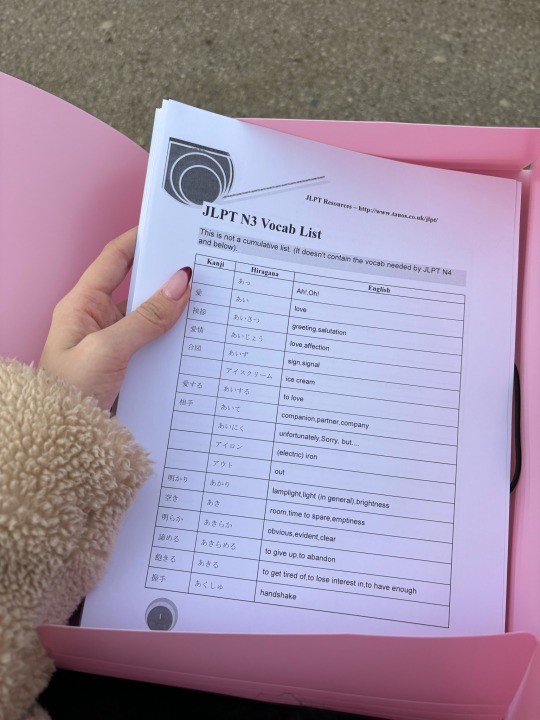
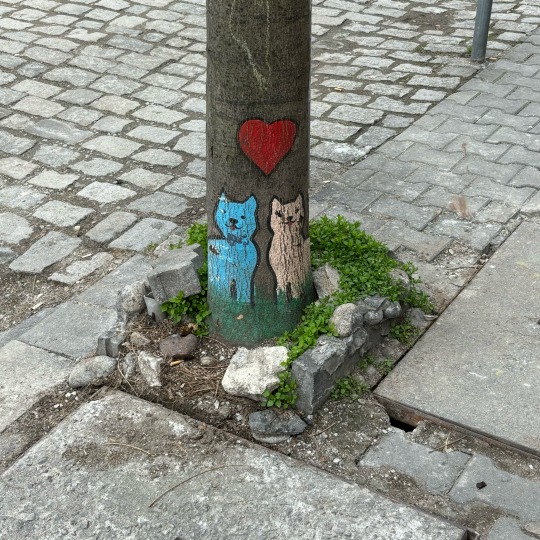
getting ready for n3 in july 🐱
#jlpt n3#dear god i hope i will pass it#japanese studyblr#japanese#jlpt#studyblr#langblr#cats#cat art#no but look how cute are this cats like fr#street art
18 notes
·
View notes
Text
Kanji of the day: 最
最 - Utmost, most, extreme
Kun: もっと.も、つま
On: サイ、シュ
(Pinyin: zuì | zui4 )
Pictophonetic: 取 indicates the sound (qǔ | qu3), and 宀 (roof) indicates the meaning
This kanji originally meant "gather" and was written 㝡, and would've been fairly easy to memorize due to it double-functioning as an ideograph; to put something 取 (take, fetch) under roof 宀. Later additional strokes were added below the 宀 component, possibly to depict things gathered. This was then simplified into 曰, making the kanji 最.
Over time, the meaning shifted into " to accumulate", and from there to "accumulated" -> "many" -> and then to our modern usage "most".

(最 / 㝡 as it was written during the Qin dynasty (221-206 BC), note the 宀 with additional strokes )
Strokes: 12
Radical: 曰 say
20 notes
·
View notes
Text

In 2023, I started working full time and thus had less time to read compared to 2022. In addition, I also started preparing for the JLPT N1 and tried to read novels in Japanese that would challenge my reading comprehension accordingly as well.
These are my top 5 Japanese novels of 2023:
5. 余命10年 by 小坂 流加
4. カラフル by 森 絵都
3. ちょっと今から仕事やめてくる by 北川 恵海
2. 少年探偵団 by 江戸川 乱歩
1. 告白 by 湊 かなえ
You can read the full post about my 2023 novels here:
I also joined Tumblr in 2023 and am really happy to have found the Japanese langblr community! Since a lot of what I’m reading comes through recommendations I’m super grateful to have a community again to share resources and reviews with. Thanks for all the great books I was able to read along with you guys!
#my book reviews#reading in japanese#intermediate to advanced Japanese#japanese contemporary fiction#japanese books#Japanese language#Japanese literature#JLPT N1#JLPT N2#JLPT N3#mystery#N1#N2#N3#japanese novel#study japanese#learning japanese
13 notes
·
View notes
Text
How did I pass JLPT N3?
youtube
English sub included ⭐
#japanese#kanji#japanese language#learning japanese#japanese langblr#langblr#にほんご#にほんごべんきょう#日本語勉強中#日本語#日本語勉強#日本語の勉強#learn japanese#japanese book#jlpt n3#jlpt#Youtube
9 notes
·
View notes
Text
The Difference Between に and へ
Most of the beginner textbooks will teach learners that に is used for destination and へ is used for direction but there are some explanation that are missing and that is what confusing to many learners.
• 公園に行きます。
• 公園へ行きます。
Both sentences are correct. Both means "I'm going to the park".
But... there is a slight nuance difference. When you use に, you put the destination (which is the park) as the main thing you want the listener to know that the place you want to go is the park. The final destination you will arrive at is the park.
On the other hand, if you use へ, you want the listener to feel that you are making a move, you are making a journey, a process, an effort to go to the park. In other words, へ somehow emphasize on your journey to a place.
Let's say you're flying from UK all the way to Australia, that will take at least 20-22 hours by flight. The journey is extremely long and you want the listener to feel that, so you could say by using the particle へ: 私はオーストラリアへ行きます。
Now, the following part is what most teachers or textbooks didn't tell you. A study shows that more and more Japanese people are using に, and へ has gone out of fashion. According to the survey, one of the reasons may be due to globalization and how easily people are connected around the world through the Internet that people don't feel the journey or the distance is long. Therefore, they don't see the need to use へ anymore.
WARNING!!!
There is a grammar point that you MUST use へ instead of に。The pattern is:
へ + の + Noun
Examples:
• 先生へのプレゼント。Gift for teacher.
• 帰宅への道。The way home.
Another situation which needs to use へ is when the news anchor announces this:
台風が北へ向かっています。
The typhoon is heading north.
If you use に and say 台風が北に向かっています, it means you are very sure that the typhoon will land in the north. No one can predict 100% where it will stop or land so it is incorrect to use に in this sentence.
---------------------------------------------------
Vocabulary used in this lesson:
公園 (こうえん) park, playground
プレゼント present, gift
帰宅 (きたく) home
道 (みち) way
台風 (たいふう) typhoon
北 (きた) north
#study japanese#japanese#jlpt#jlpt n1#jlpt n2#jlpt n3#jlpt n4#jlpt n5#language#learn japanese#nihongo#grammar
87 notes
·
View notes
Text
JLPT Grammar げ・がち・っぽい・気味
What is the difference in usage among げ、がち、っぽい、and 気味? These grammar points can be difficult to differentiate, so I have gathered some notes and examples here. These grammar points are JLPT N3/N2 grammar points.
★~げ★
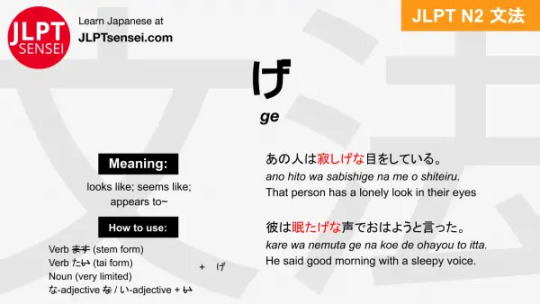
This is used it to describe something or someone (not yourself) who looks~ / seems~ / appears to~.
It is similar to そうに・そうな (sou ni / sou na), but げ (ge) is much more restricted with what words it can be paired with.
It is usually used to describe things like one’s emotions or state of being, whereas そう (sou) can be used with more general things like weather, etc.
Although this grammar is mostly used with adjectives, it can also be used with some verbs and nouns.
何か、言いたげだね。
They look like they want to say something.
ずいぶん、自信ありげだね。
You seem very confident.
そりゃあちょっとあやしげに見えますからね、そう思いませんか?
Well, that looks a little suspicious, don't you think?
同級生にテストの結果を聞くと、嬉しげな顔で100点だったと答えてくれた。
When I asked my classmate how they did on the test, they answered with a happy face that they got a perfect score.
★~がち★
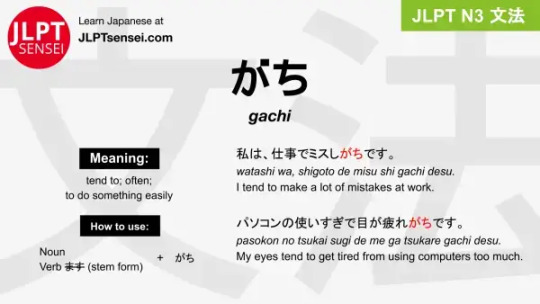
This is usually used for something negative.
ありがち = tend to have
になりがち = tend to become ~
遅れがち = tend to be late
留守がち = tend to be absent
彼は、学校をサボりがちです。
He is always skipping school.
ずっと曇りがちの天気が続いている。
The constant cloudy weather keeps continuing.
一人暮らしなので、コンビニ弁当ばかり食べがちだ。
I live alone, so I tend to only eat convenience store meals.
私は空腹の時は機嫌が悪くなりがちだ。
When I am hungry I easily get into a bad mood.
★~っぽい★

① When following a noun or い-adjective, this means -ish, -like, -ly. Note: The number of adjectives that can be used with this are limited.
子供っぽい = childish, childlike
男っぽい = manly, like a man
女っぽい = womanly, like a woman
油っぽい = oily, lots of oil
② When following a verb, this means easy to do, or often do~. Note: This cannot be used with all verbs.
忘れっぽい = easy to forget, often forget
怒りっぽい = easy to anger, often angry
このコート、デザインはいいけれど、生地が安っぽいね。
This coat has a nice design, but the material looks cheap.
油っぽい食事は好きじゃない。
I don't like oily foods.
年を取ると、忘れっぽくなる。
As you get older, you become more forgetful.
君は飽きっぽいから何事も成功しないのだ。
You do not succeed in anything because you are quick to lose interest.
★~気味 (ぎみ)★
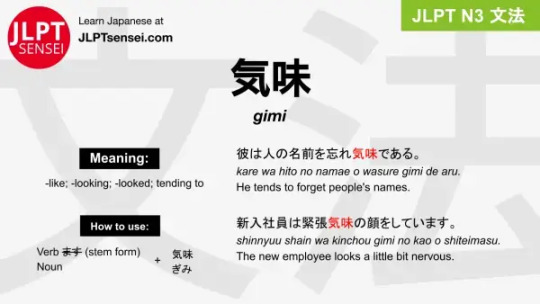
This is used to express that something looks or seems to be a certain way.
疲れ気味 【つかれぎみ】= looks / seems tired.
太り気味 【ふとりぎみ】 = looks / seems large
遅れ気味 【おくれぎみ】= tends to be late
寝不足気味 【ねぶそくぎみ】= looks / seems to be sleep deprived
残業続きで疲れ気味だ。
I've been feeling rather tired because of continuous overtime work.
新入社員は緊張気味の顔をしていた。
The new employee looked nervous.
彼は人の名前を忘れ気味である。
He tends to forget people's names.
彼女は遠慮気味にそう言った。
She said that hesitantly.
#日本語#japanese#japanese language#japanese langblr#japanese studyblr#langblr#studyblr#文法#japanese grammar#jlpt n2#jlpt n3#tokidokitokyo#tdtstudy
109 notes
·
View notes
Text
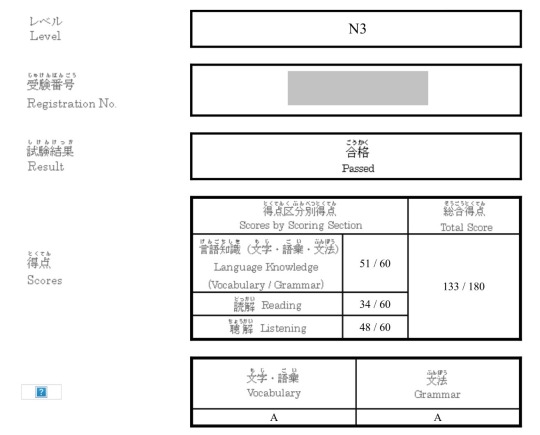
I WAS SO NERVOUS OMG
#student#studyblr#australia#languages#japanese#jlpt n3#jlpt#japanese language#i-passed!#exam season#exams#omg#totally had low blood sugar after the exam#JLPT results#results
5 notes
·
View notes
Text


study days
#studyblr#study blog#langblr#langblog#japanese langblr#japanese language#japanese#studyinspo#study motivation#study aesthetic#study space#jlpt n3#jlpt#study hard
74 notes
·
View notes
Text
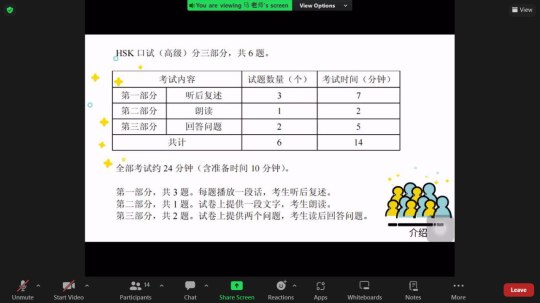
I'm a week late lol but I have updates!!
- Started taking HSKK (Chinese Speaking Proficiency Test) advanced prep class :D We're all advanced learners in here with HSK 5/6 levels so the teacher is speaking in Chinese the whole time and I'm so happy that I can understand 99% of what she's saying but also I found out my Chinese speaking has really diminished 😭 Thank god I was able to introduce myself and answer her questions in Chinese but the mock tests are kicking my ass no doubt.
- J.Test (Japanese language exam) released the correct answers and I got enough marks to pass JLPT N3 level!! I'm still waiting for formal result announcements but I'm pretty sure I got it!! :D
- Started teaching a new basic Chinese class so now I have to teach 4 days per week. It's a bit tough but I think I'm making it work?
- the level 1 Chinese class I'm teaching is going to end in February so I'm gonna have to prep for the level 2 class and THEN prep and record my basic Korean classes. I'll tell y'all how it goes
- I have 100% grade but still missing classes for Pali Diploma and will have to make up a lot in the future. Thank god they don't grade attendances 😭
- I have a slight fever right now so I'm chugging Lipovitan-D to keep me going. I have a tarot session booked this afternon and a chinese class to teach so can't really rest Unfortunately :/ but Dimension 20 FHJY is helping me with my mood.
Anyways that's all! happy studying, y'all
#hskk#hsk#hskk advanced#hsk 5#hsk 6#chinese study#chinese langblr#j.test#jtest#j test#j-test#jlpt n3#japanese langblr#pali studyblr#pali langblr#pali language#tarot reader
9 notes
·
View notes